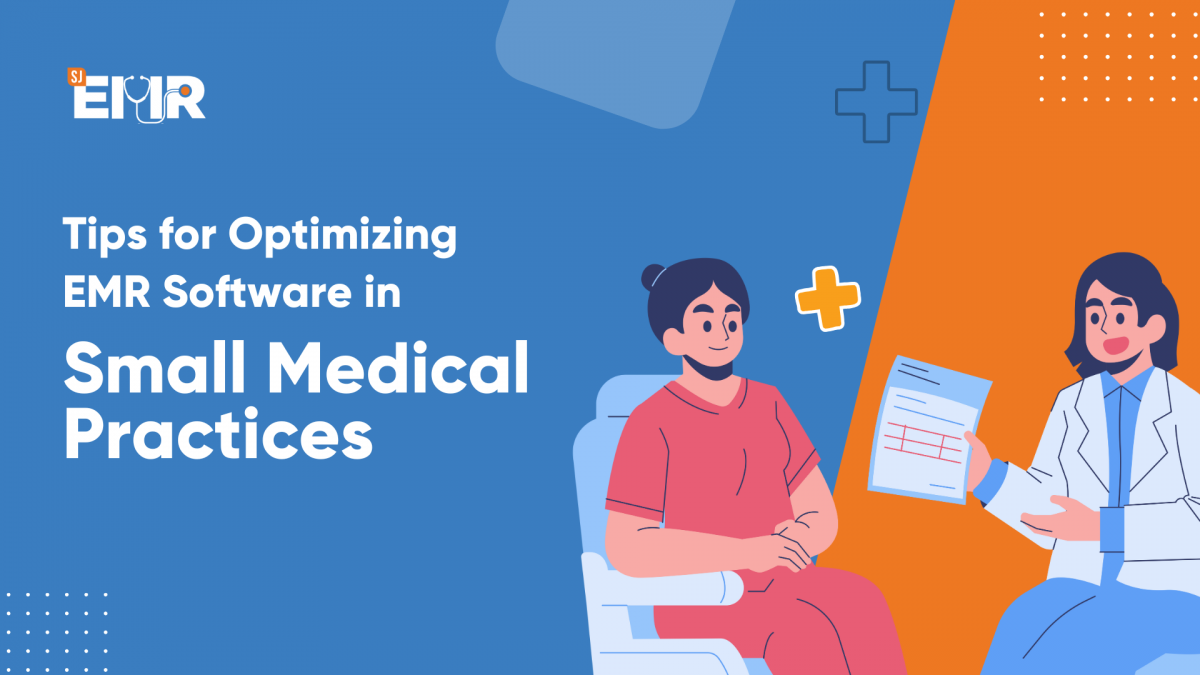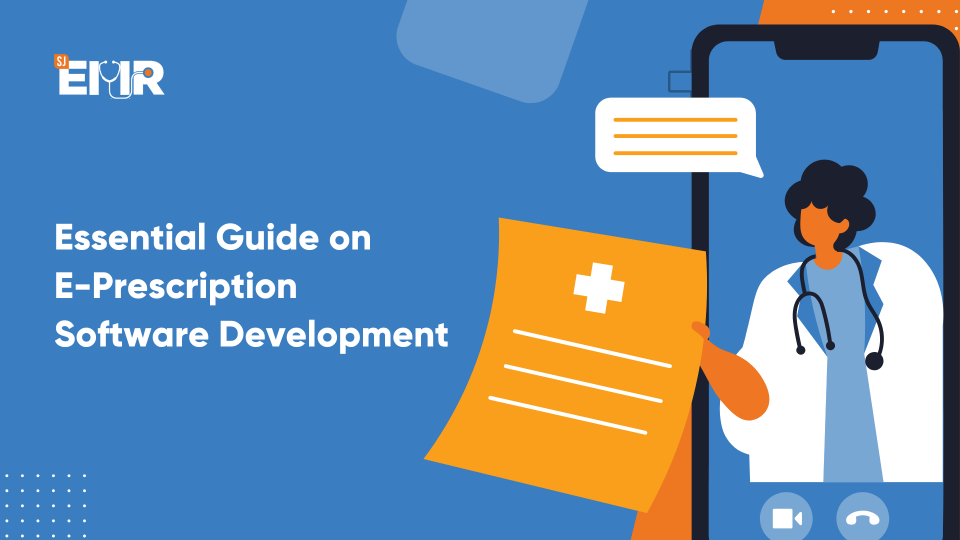Tips for Optimizing EMR Software in Small Medical Practices

Key EMR software trends in 2024
August 28, 2024
Essential Guide on E-Prescription Software Development
December 3, 2024A study shows that 65% of physicians believe that using an EMR improves patient care. You may think, “Of course, a huge medical practice does require an EMR to keep track of processes”. However, very few realize that using electronic medical record (EMR) software is crucial for small medical practices. With EMR Software Optimization, it becomes easier to streamline workflows, improve patient care, and enhance your practice’s overall efficiency.
This blog post will provide practical tips and strategies to help you maximize the potential of your EMR medical software in small medical facilities.
Understanding Your EMR System
Before diving into optimization tips, it’s essential to have a thorough understanding of your EMR system. Familiarize yourself with its key features, functionalities, and limitations for perfect EMR system efficiency. This knowledge will enable you to tailor your usage to your practice’s specific needs.
Why an EMR Software is Needed for Small Practices?
An effective EMR system in healthcare is crucial for small practices to operate efficiently and securely. It also helps practices to comply with regulations. With the right EMR solution, you can:
- Streamline workflows: Automating administrative tasks and reducing paperwork.
- Improve communication: Providing access to comprehensive patient records and ensuring seamless communication between providers.
- Enhance billing and coding accuracy: Reducing claim denials and increasing revenue.
- Deliver exceptional care: Providing consistent, high-quality care to your patients.
- Protect patient data: Ensuring the security and privacy of your patients’ medical records.
- Meet regulatory requirements: Staying compliant with industry standards and regulations.
- Access records anytime, anywhere: Accessing patient information from any device.
By investing in quality EMR Software Optimization, you can enhance your practice’s performance and better serve your patients.
How Does an EMR Benefit Clinic Staff?
With EMR Software Optimization, small medical practice management becomes efficient: You
- Save space and money: When you store clients’ data in your EMR, you save space and money. Digital records eliminate the need for physical storage, reducing overhead costs.
- Reduce Errors and Risks: You can take better control of your practice’s risks and minimize mistakes caused by inaccurate data.
- Access Information Anytime, Anywhere: You and your team can view patient records quickly and manage treatment plans from any secure device.
- Efficient Scheduling: You can schedule appointments easily and conveniently from anywhere.
- Enhanced Collaboration: You can share patient information seamlessly with your team and other healthcare providers for better care coordination.
How EMR Benefits Your Patients
Small Medical Practice Management helps patients too: EMR software optimization helps with:
- Easy Scheduling: Patients can schedule, reschedule, or cancel appointments online at their convenience.
- Convenient Billing: Access and pay bills online, saving time and reducing paperwork.
- Reduced Wait Times: Complete forms remotely, minimizing time spent in the waiting room.
EMR Software Efficiency Tips
Here are some tips to efficiently implement EMR software:
- Optimize User Interface Customization: When you customize your EMR interface to match your practice’s workflow and preferences, it can improve efficiency and user satisfaction.
- Leverage Templates and Macros: Use templates and macros to streamline common tasks, such as creating patient charts or generating reports.
- Train Staff Effectively: It is wise to provide comprehensive training to all staff members on how to use the EMR software effectively. Ongoing training and support can help ensure that everyone is using the system to its full potential.
- Regularly Update and Upgrade: Keep your EMR software up-to-date with the latest updates and upgrades to ensure optimal performance and security.
- Utilize Reporting and Analytics: Use your EMR software’s reporting and analytics features to identify areas for improvement and make data-driven decisions.
- Integrate with Other Systems: Consider integrating your EMR software with other systems, such as practice management or billing software, to streamline workflows and reduce manual data entry.
Overcoming Common Challenges
While EMR software offers numerous benefits, it’s important to address common challenges that small medical practices may face:
- Data Entry Errors: Implement data validation rules and quality checks to minimize errors.
- System Slowdowns: Optimize your hardware and network infrastructure to ensure smooth performance.
- Resistance to Change: Provide adequate training and support to help staff adapt to the new technology.
Selecting the Perfect EMR Software for Your Practice
Choosing the right EMR software is crucial for the success of your practice. When evaluating options, consider these key factors:
- Ease of Use: The software should be intuitive and user-friendly.
- Value for Money: Ensure the cost aligns with your budget and the features offered.
- Customer Support: Reliable customer support is essential for troubleshooting and assistance.
- Scalability: The software should be able to grow with your practice and accommodate future needs.
The Ideal EMR Should Help You:
- Organize Your Schedule: Efficiently manage appointments and bookings.
- Manage Patient Records: Maintain accurate and accessible patient information.
- Get Paid: Streamline billing and claims processes.
- Stay Connected: Communicate effectively with patients and colleagues.
- Track Data: Analyze practice performance and identify areas for improvement.
- Offer Online Booking: Provide patients with convenient online appointment scheduling.
- Engage Patients: Build strong relationships through personalized communication.
- Protect Data: Ensure the security and privacy of patient information.
By carefully considering these factors, you can select an EMR software that empowers your practice and drives positive outcomes.
Conclusion
By following these tips and strategies, you can optimize your EMR software usage and reap the benefits of improved efficiency, enhanced patient care, and increased revenue. Remember, understanding your specific EMR system and tailoring your approach to your practice’s needs is key to maximizing its potential.




